Sleek and Deadly: The Art of Blade Fuller in Sword Design
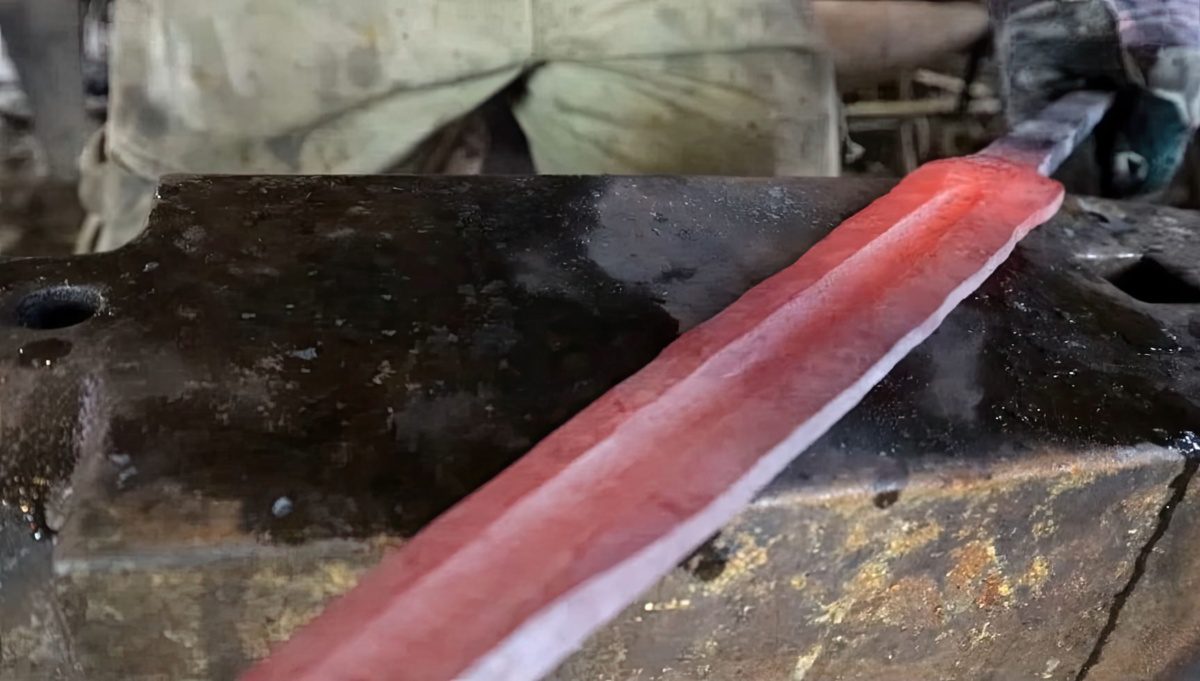
What’s in this article?
One of the most aesthetically pleasing parts of a sword’s blade is the line that stretches throughout the blade from the guard, sometimes to the very end of the tip. This opening and groove are called the sword’s fuller and serve many functions.
Since this fuller has been seen in everything from ancient swords to modern anime and fictitious shows, there are many misconceptions about it. This article will review everything you need to know about sword fullers, and we will explore their types, purposes and myths, creation procedure, and history.
What is a Sword Fuller or Blood Groove?
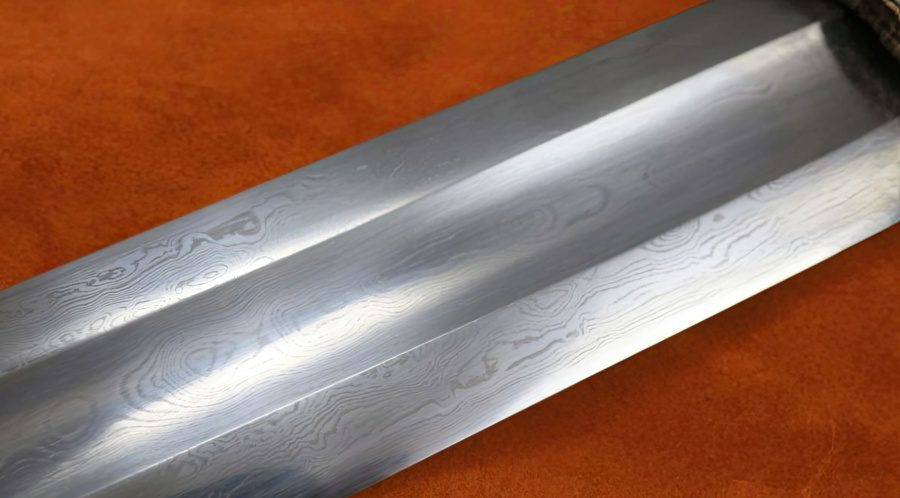
A sword’s fuller, often called a blood groove or just a fuller, is a groove or channel that runs the length of the blade. The fuller is a distinguishing feature of many different swords, from European medieval swords to Japanese katanas. The fuller serves the dual function of reducing the blade’s overall weight and bulk while increasing its maneuverability and pliability without compromising its strength or longevity.
Forging, grinding, and polishing are some procedures for producing sword fullers. Sword fullers come in various styles with distinguishing qualities, each designed to perform a certain role.
As they have become a common fixture in popular culture, it is crucial to note that many portrayals of sword blade fullers in movies, television shows, and video games are not always accurate. In particular, the primary distinction between a sword fuller and a blood groove is that the blood groove is untrue.
Types of Sword Fullers

There were various types of fullers made throughout history. The most common types known today are the narrow, double, opposing, and broad blades.
Narrow
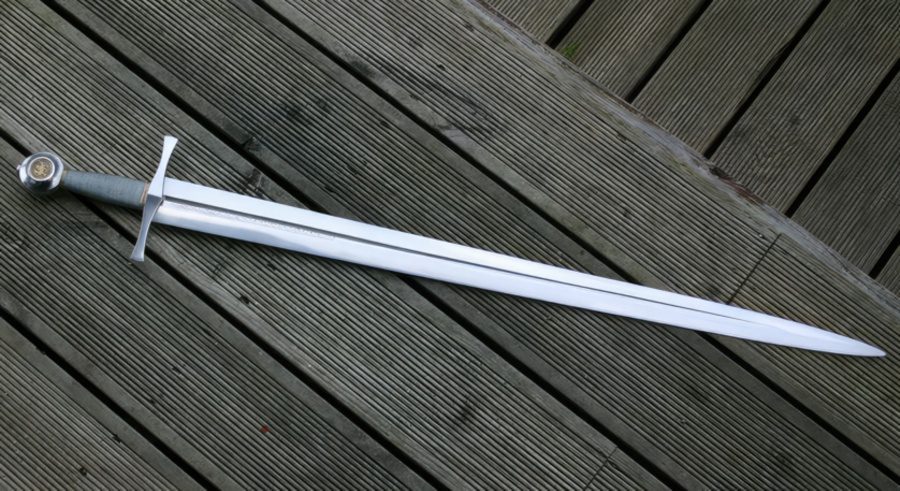
A narrow fuller is an extended opening in the center or core of the blade that can be seen on longer swords or sabers. It is a highly popular fuller type that gives the sword much flexibility and strength, like spring steel.
Double
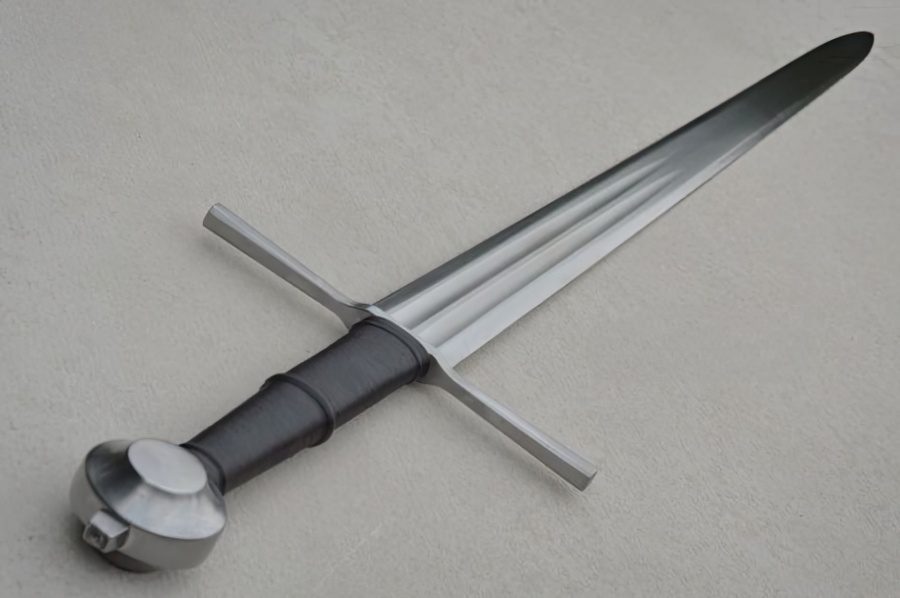
Some blades feature two sets of fullers extending to the blade’s center. They form three sets of spines in the core, making the sword sturdy. Sometimes they can be filled with other metals like gold for aesthetic purposes.
Parallel

Two small or larger parts are left open in a fuller fashion that starts from the crossguard and meets somewhere after the center of the blade. This strengthens its core and gives the blade stronger cutting power.
Triple
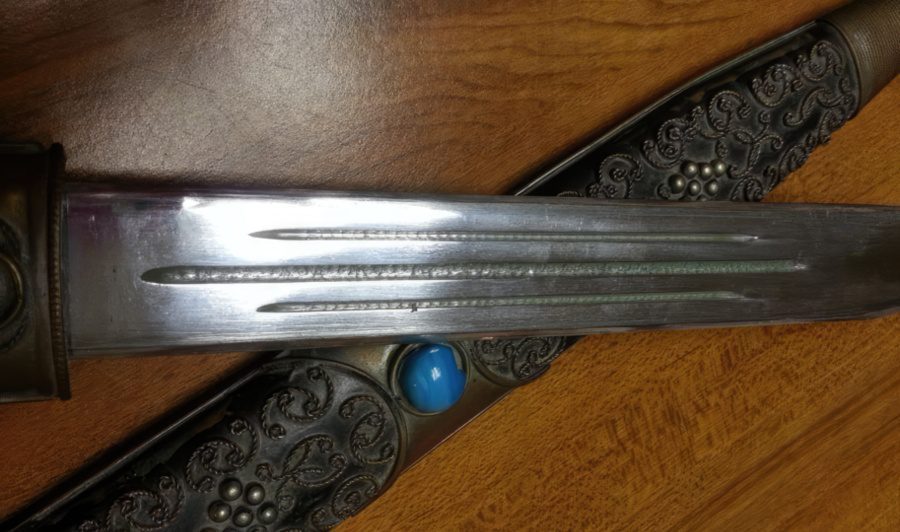
Bladesmithing can go as far as making a triple fuller section that will drastically reduce the sword’s weight and give the pommel, or the other side of the sword, more weight.
Broad
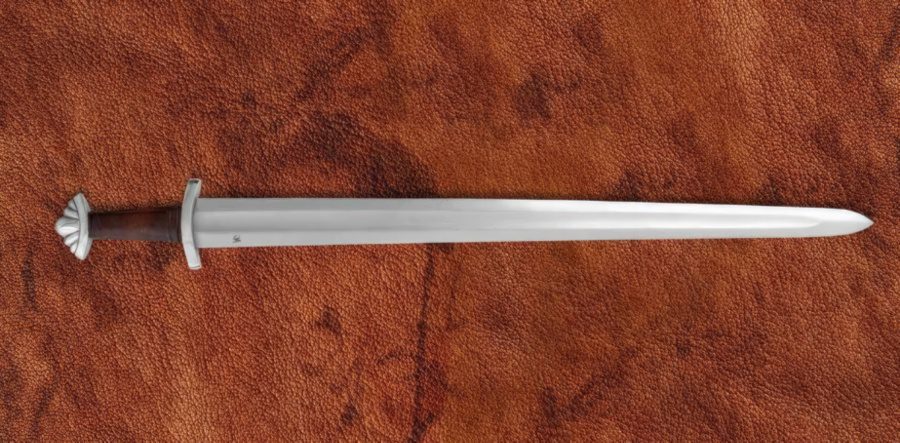
One of the earliest and most common European fullers can be seen on Viking or Carolingian swords. They were much broader than later models because the carbon content in the blade itself was lower, resulting in removing much of the softer core steel in the center.
Partial
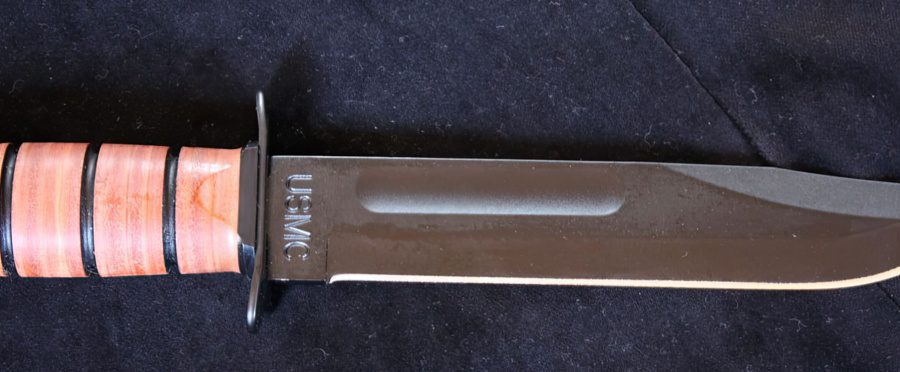
A small and partial piece of metal is taken out at the blade’s spine, mostly seen on shorter swords or knives.
Japanese Fullers
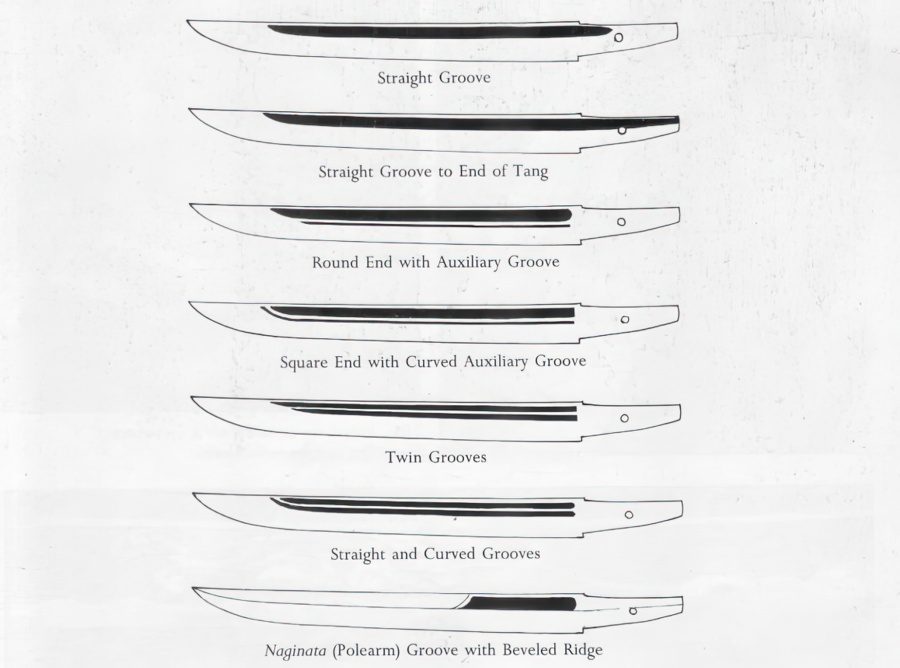
Samurai swords have their own style of fullers, which can sometimes start at the full tang blade and end with a square end. They can be seen on small blades like the Tanto or large ones like the Naginata.
Purposes and Benefits of a Fuller
Using a fuller on a sword’s blade has various advantages for both defensive and offensive purposes, whether for sparring or warfare scenarios. Aside from its typical description as merely a means of lightening the load for the wielder, the fuller provides much more.
Lightness
Creating a fuller requires cutting away some of the metal or other substance used to make the blade. The fuller increases the blade’s width during the forging process, reducing the material needed to achieve the desired width, as lighter weight results from using less material.
With the right combination of heat treatment, tempering, and distal tapers, a fullered blade can be made about 30 percent lighter than a non-fuller blade without compromising the strength and durability of the blade itself.
Stiffness
A blade without a fuller usually has a single spine in the middle. This is especially true for the diamond cross-section of most double-edged blades that aren’t fullered. But when the blade length is about three feet long or longer, the blade’s spine becomes very flimsy, sometimes on the verge of cracking.
This means that the blade needs to be fullered, where removing the middle part of the blade makes two sets of spines, one on each side where the edge bevels touch them directly. This makes the blade much stiffer, and holding a blade with or without a fuller is a completely different experience.
Flexible

When a blade is quenched, a large central part isn’t as hard and strong as the edges. This large soft part, if left intact, will sometimes compromise the integrity and power of the sword when used for slashing or thrusting.
By scraping a large chunk of this soft steel in the center, the percentage of the hard and softer steel in the middle will correspond better and make the entire blade much more flexible. The fuller is made differently for various swords, depending on how much flexibility or brute force is needed.
Aesthetics
Many grooved swords are produced not only for practical reasons but also to satisfy the customer’s desire for a unique and personalized accessory. This is true of historical ceremonial swords like the Cinquedea and modern swords made of stainless steel.
Some historical blades were designed with a fuller opening in the center of their blades for purposes of inlaying iron, gold, or even lacquer to make them more aesthetically pleasing.
Sound
The blades of Japanese katana swords have two sets of grooves towards the spine. As was just discussed, these are constructed with utility in mind but are used in a teaching setting. The sword will make a noise due to the grooves when slashed through the air.
If only one tone can be heard from the grooves, the blade has been swung in one direction. The blade isn’t being swung straight if you hear two distinct sounds. After the blade edge and both fullers have merged into one continuous sound, a proper slash has been executed.
The Myths
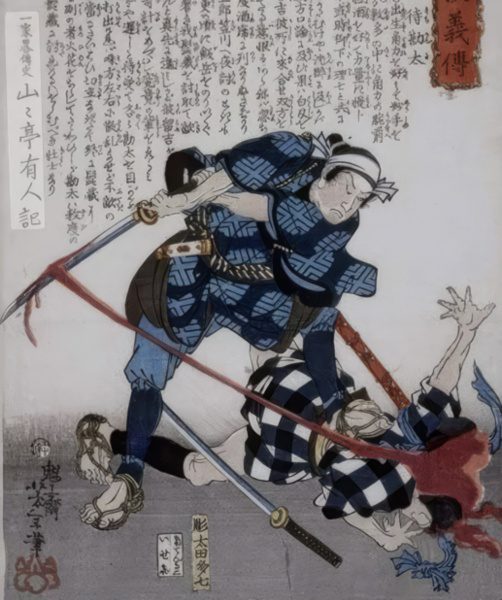
The sword fuller’s widespread appeal has made it a hot topic for debate and a source for all misleading claims in today’s media. Here, we will examine the most widely held misconceptions and myths concerning the sword fuller.
Blood Gutters
The so-called “blood groove” is intended to facilitate the removal of the blade from a person’s flesh. In this hypothetical scenario, the victim’s muscles tighten around the blade, creating a vacuum that makes it impossible to extract the weapon. However, if the blade has a blood groove, the blood will flow into the groove, releasing the suction and allowing for easier removal of the blade.
However, there is no proof that this suction occurs. Those who have tested the hypothesis say that a blade with a blood groove is no more difficult to withdraw than one without. If the blade can cut in, it can cut out just as readily, with or without a blood groove. The more appropriate term, fuller, should be used because it serves no blood-channeling function.
Could it Work?
Bleeding from a wound can occur on the inside and outside of the body. Therefore even if an exterior blockage stops the flow of blood from a stab wound, the victim may bleed internally.
If you get stabbed in certain parts of the body, the blood that normally would go to one area (the heart, for example) can instead fill up another region of your body (like your lungs), which can be fatal. Bleeding under the skin will often cause a hematoma around the wound.
A typical post-stabbing maneuver would be to pull back on the weapon. The only situation where the blood groove could lead the blood out is if someone is stabbed and the blade is left in the flesh. Only then, this slight opening might allow blood to spill externally if the wounded person is moving.
Silent
The fullers are credited in certain misconceptions and accounts with contributing to the sword’s silence and lowered sound. This false belief originates primarily from fictional depictions of daggers with oversize fullers in media like video games.
Making of a Sword Fuller
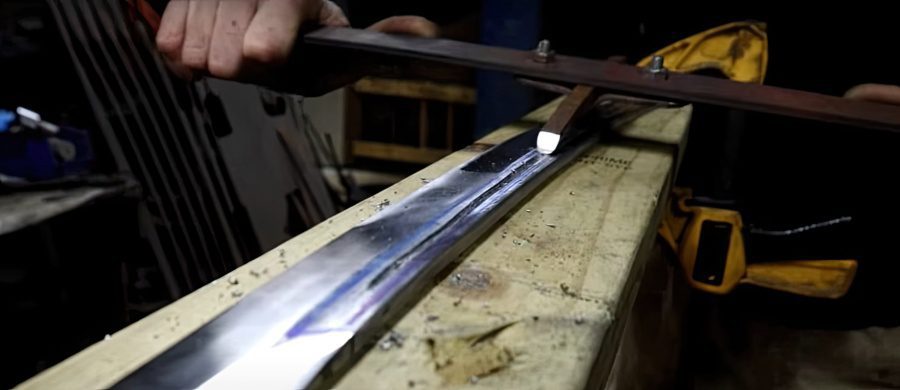
Forging, grinding, and polishing are only some of the processes involved in creating a sword fuller. The first step is to forge the blade of the sword by heating the metal and bending it into the desired shape. After the blade has been forged, a fuller chisel is used to cut the fuller into the blade. Then any excess material is removed to further shape the groove, which can be done with a grinding wheel coated with abrasive material.
Sometimes, making the fuller involves something other than scraping out the metal. Instead, a swaged line is created in the blade’s core by compressing and pushing the material onto the sides and edges. This creates stronger spines while removing the metal in the center.
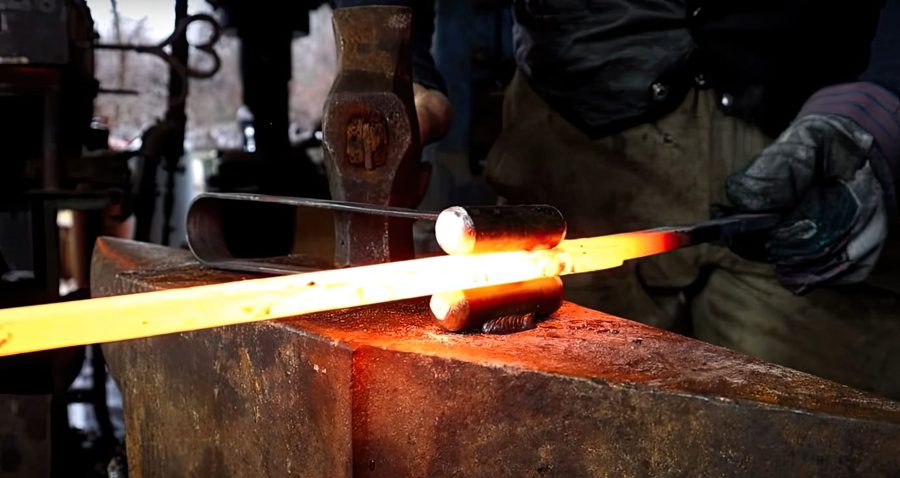
The main objective of a fuller is to make the blade of the sword lighter and stronger. The grooves are built like an I-beam, which makes the blade lighter while preserving its strength and structural integrity. Due to leverage, when anything bends, it puts greater stress on the material towards the edges or the rear of the blade than on the material in the middle.
Fullers take the material away from this balanced point closer to the blade’s spine if one edge is sharp. This makes blades stiffer for the same weight or lighter for the same stiffness while barely affecting the sword’s durability.
History & Origins
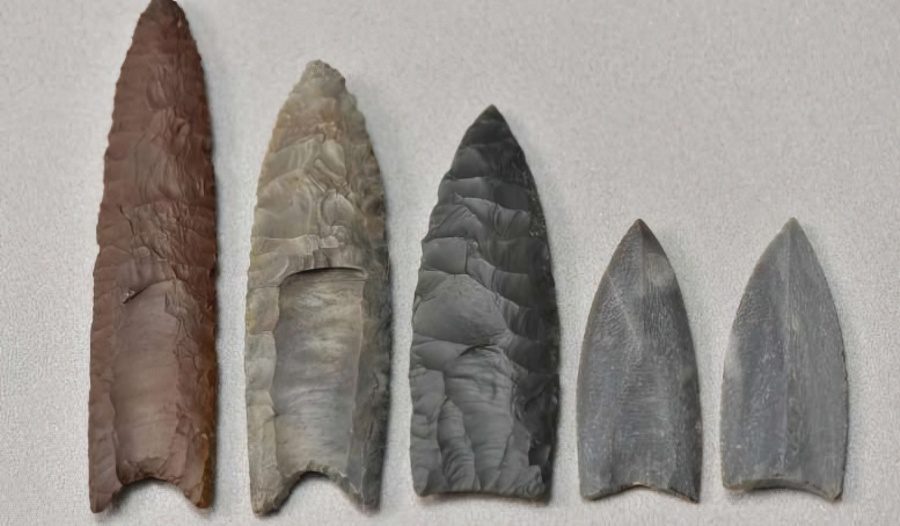
While many people associate fullers with European medieval swords, archaeologists have documented numerous examples of blade fullers dating back to the Stone Age. The fuller or groove opening can be found inside a wide variety of stone, bronze, and early iron implements used by the ancient Egyptians, resembling the ones commonly seen today.
Researchers have documented how the “fluting” method improved the functionality of these instruments, allowing them to be wielded with greater speed without compromising their strength, something that would be passed along to later sword innovations.
As a result, it’s impossible to attribute the invention of the fuller and its associated tools to any specific region as the source of their effect on swordsmiths. It can be highly vague or quite the opposite, but you can find these fullers on early European bronze La Tene swords, Celtic swords, and even certain Greek swords.




